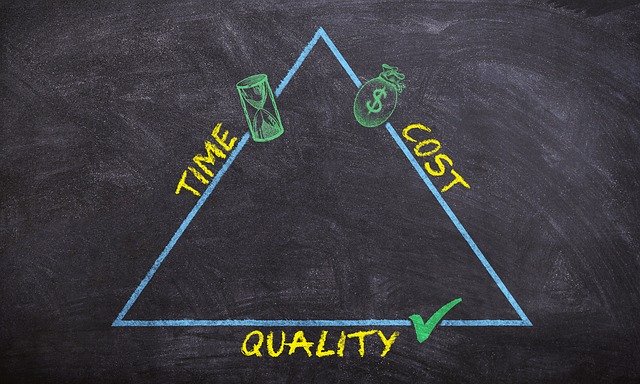Reducing the cost/fees on a long-term investment has exponential benefits and I want to show that in the example below.

Let’s look at a simple example, say you have a…
- 401(k) with a $25,000 account value
- Contribute $5,000 a year to it
- 30 years till retirement
- Receive 10% annual returns (S&P 500 average return in common era)
- Pay 2% in total fees on your account
Come retirement you can expect to have $817,982 in your 401(k) account, which is nothing to sneeze at.
However, what happens using the same account parameters and reduce total fees by 1%? How much of a difference can that really make?
With fees at 1% the account value jumps nearly $200,000 to total $1,013,230.
Think about that, you can potentially add $200,000 to your retirement savings just by cutting fees 1% - that is mind blowing!
Let’s look at it another way using the same example from above.
Total Account Value at Retirement:
2% fees = $817,982 1% fees = $1,013,230
Difference = $195,248
$195,248/$1,013,230 = 19.25%
The account paying 2% is worth nearly 20% less. Do you want 20% of your retirement account going to someone else?
What is interesting - this example is conservative assuming a static $5,000 contribution each year. Earnings will likely increase throughout your working years and therefore your contribution will as well. This will only increase the impact of higher fees and lost retirement savings. $200,000 could easily turn into $300,000 or even half a million.
You may be wondering how the heck this math works. How can 1% add up to so much?
The Power of Compounding Interest
Ever hear of the snowball effect? This is kind of the same thing. As the mass gets bigger it collects even more and grows faster.
Here is the calculation that changes your investing life:
- Compound Interest = Your money x (1 + i)n
I know what you are thinking. What is this black magic on the page?
The simple explanation of compound interest is interest earned on money that was previously earned as interest. This cycle leads to increasing interest and account balances at an increasing rate, sometimes known as exponential growth.
To understand how it works let’s start with this concept: you deposit money and that money earns interest.
For example, if you earn 10% on your money, a deposit of $1,000 would gain you $100 after a year one. What happens the next year? Well, this is where the compounding begins. You now earn interest on your initial deposit as well as interest on the interest you just earned.
Therefore the interest you earn the second year will be more than the year before since the balance is $1,100, not $1,000. ### This is how your earnings accelerate.
- Year one: deposit of $1,000 earns 10% or $100, bringing the balance to $1,100
- Year two: $1,100 earns 10% or $110, bringing the balance to $1,210
- Year three: $1,210 earns 10% or $121 bringing the balance to $1,331
Above is an example of compounding yearly. If you are getting an annual return of 10% in your 401(k) holdings this is how it begins to grow exponentially.
This is why every extra dollar you can keep in your retirement accounts is vital. It adds to your snowball’s rate of your of growth.
Posted Using LeoFinance
“Compound interest is the 8th wonder of the world."
Posted Using LeoFinance
TRUTH!
Posted Using LeoFinance